While pet owners can train their dogs themselves at home, you may prefer dog training classes. There are a few reasons you might want to opt for a class.
When to Choose Dog Training Classes
Does your dog need a class or can they learn everything at home?
Unless you’re a professional trainer, you may want to look into classes to help you train your dog to a higher level than you might manage at home. Professional trainers will be leading the class and can even provide one-on-one training to ensure your dog understands everything.
Classes are also a great opportunity to socialize your dog. They will meet lots of other dogs of different ages and breeds, something you are unlikely to be able to replicate at home.
Apart from regular training, you may want to seek help if:
- Your dog has behavioral problems
- You aren’t very disciplined yourself and could use the extra help
- You’ve never trained a dog before
- Your dog is older and resistant to training
- You expect big changes in the family
- You want to try a new method of training that you’re not familiar with
- Your dog needs to learn a specialty skill
Any of these reasons is a good one for you to work with your dog in a class.
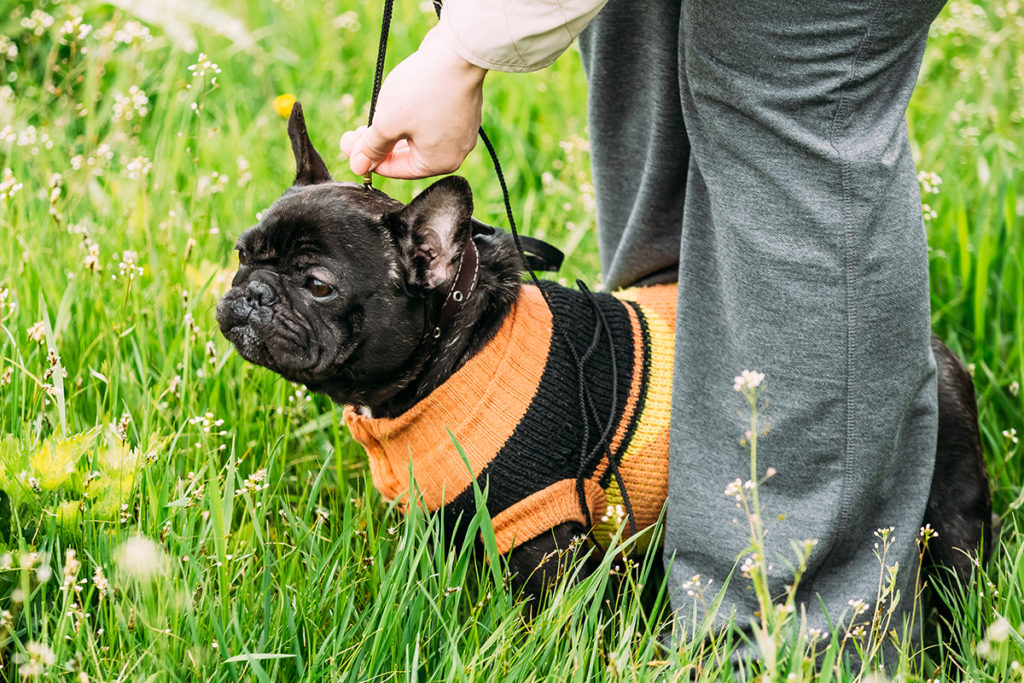
Types of Dog Training Classes
Different stages of life will require different types of dog training classes. For example, a puppy needs a basic training/obedience class. This will teach them the basic commands to provide a firm foundation for later training. It’s also a good place to bond with your puppy and ensure they know who is in control. You’ll find basic training/obedience classes for older dogs, as well, which may be helpful if you are adopting a re-homed dog or rescue.
Agility classes are a good way to build the bond between owner and dog. It’s also a lot of fun for dogs, since they get to exercise and learn new tricks. Your dog will enjoy moving through the course as quickly as possible. For dogs with high energy, but plenty of focus, this can be extremely beneficial.
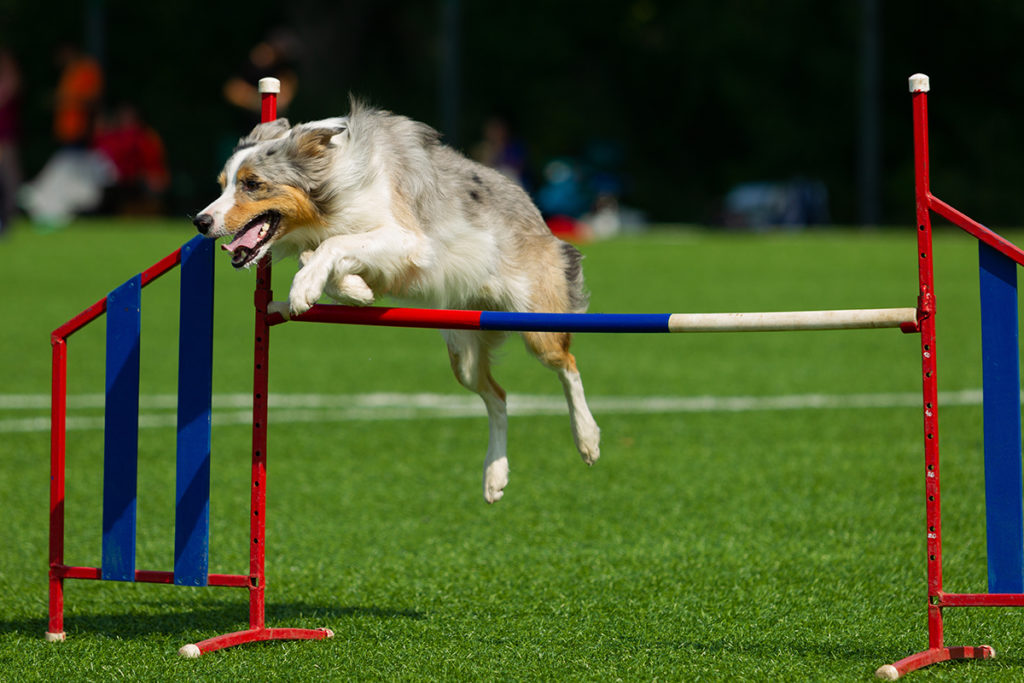
Other types of dog training classes include more specialized training. If you want to teach your dog a specific skill, beyond the basics, then you’ll want to look for the right class. Many of these require that your dog pass the Canine Good Citizen Test, which was created by the American Kennel Club to help test that dogs are ready to be in public settings as “good citizens.”
Therapy classes can help your dog become a therapy dog. They’ll be able to enter places that are normally off limits to dogs, such as hospitals, nursing homes, and other places. Dogs learn to comfort people and become very good at calming children and adults alike. It does take a specific temperament for this type of work, however, so do your research before committing your dog.
Other classes might include guard dog or protection classes, guide dog classes, as well as search and rescue classes.
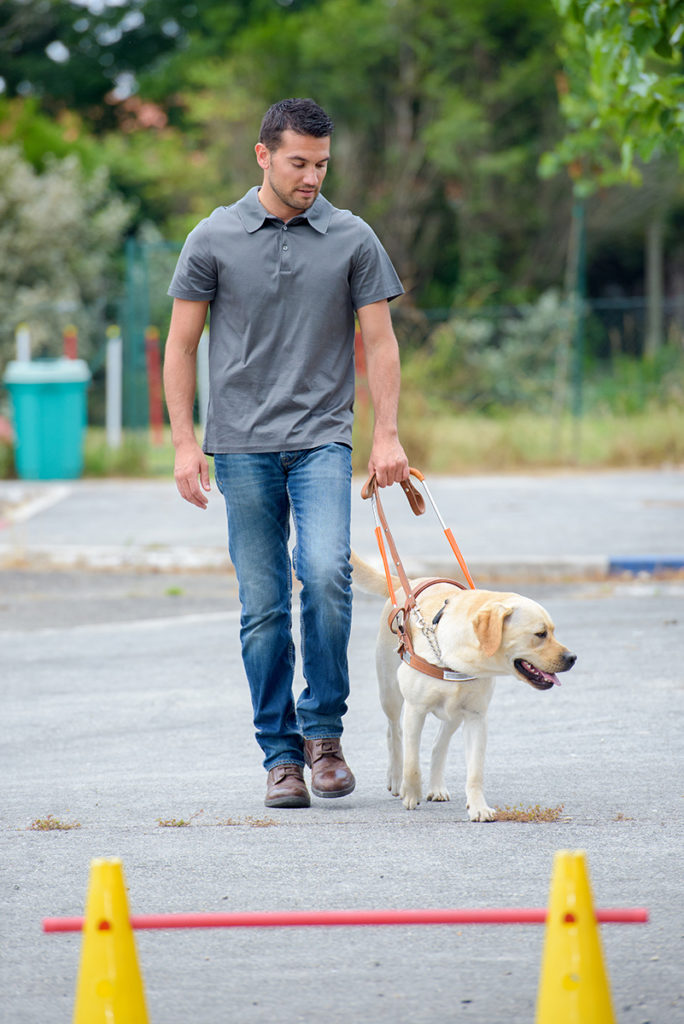
What to Expect in a Basic Dog Training Class
A regular training/obedience class should start out with the basics and move up to more complicated commands. Ideally, your dog will learn to pay close attention to you and the lessons will help you bond with your dog.
The first class may actually not include your dog at all, if the trainer offers a pet owner orientation. You should also get a list of what you’ll need, which usually includes treats, a collar, and a basic leash. Depending on the class, you may also need a clicker.
Your dog will learn the following commands:
– Recognizing their name
– Sit
– Down
– Stay
– Come
– Heel
– Leave it
These commands may seem simple, but they will make it easier for your dog to learn more commands in the future. You should also expect to teach your dog how to interact politely with new dogs and people, as well as learning to walk properly on a leash.
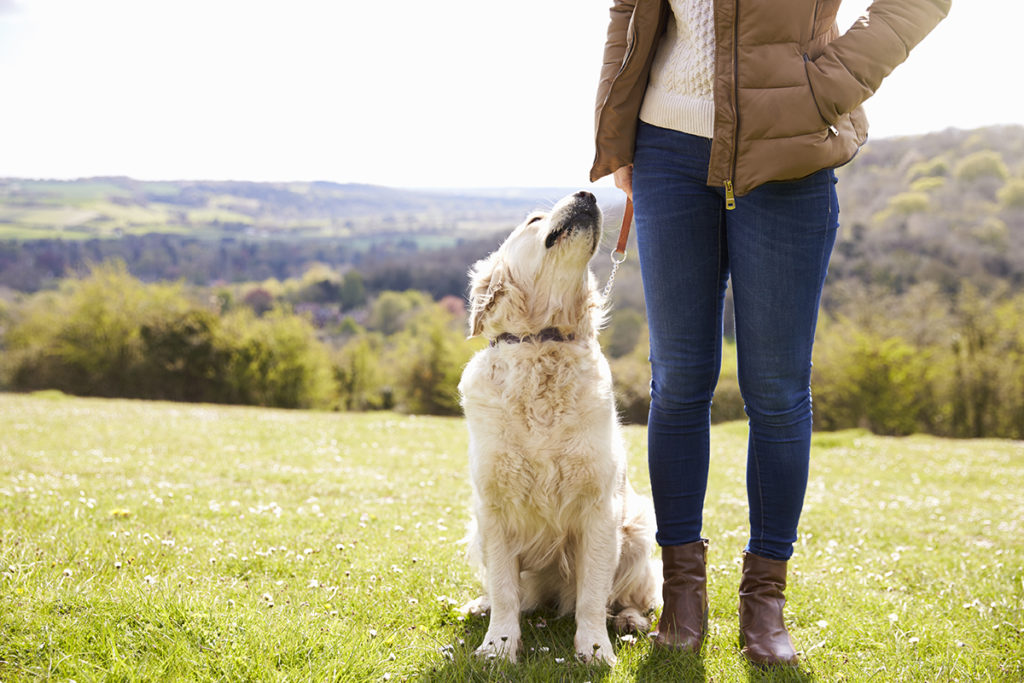
What to Look for in a Dog Trainer
The trainer who is running the class is the most important part of the entire decision. They will be setting the tone for the class and helping you work with your dog. It’s important that you do a little research on them.
The trainer should have a strong background in dog training, including professional education with at least a few years of experience. You may want to talk to previous enrollees to see if there was anything they were unhappy with. Check into the trainer’s history, as well, and look at reviews online, if there are any.
It’s also important that the trainer use positive reinforcement and a training method that you are comfortable with. The training being used needs to help reinforce the bond between you and your dog, not destroy it.
You may also want to check to see if the trainer offers one-on-one instruction. Sometimes, a class is not quite enough and you may need to clarify some points or get a little help with an unruly puppy.
Choosing the Right Class for You and Your Dog
Not all dog training classes are the right fit for you and your dog. Aside from the trainer, there are a few other things to look at.
Cleanliness: How clean is the classroom area? Not just basic cleanliness, but with proper cleaning of the facility to prevent the spread of disease like parvo and the like. It should also be a requirement that all dogs in the class are up to date on their vaccinations.
Safety: Puppies can be a little wild and rambunctious at times, but the class should stay under control of the trainer. It’s also important for your dog’s safety that no overly aggressive dogs are permitted in a group class setting.
Small Classes: A large group of dogs can quickly get out of hand and can be very distracting for your puppy. If you want to keep your dog focused, you should look at small classes, where there will be some distraction, but not too much. A good rule of thumb is 5-10 dogs in a class.
Proximity: Let’s face it, if a class is two hours away, you’ll be pretty tempted to skip it from time to time. Look for classes that are close enough to you that it won’t be an inconvenience.
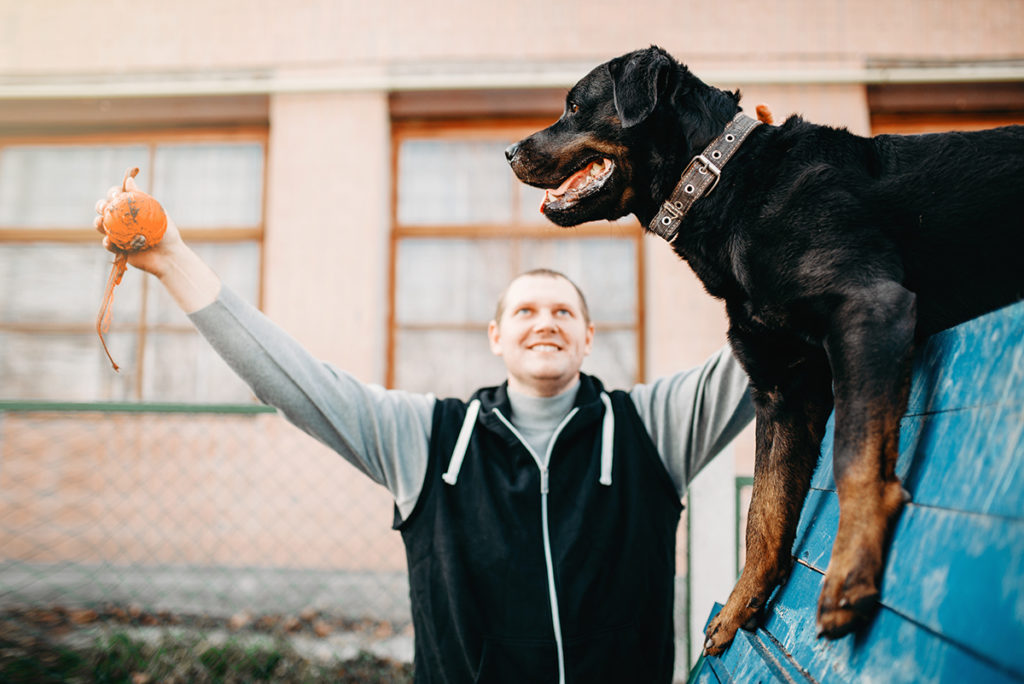
With these characteristics in mind, you should have no problem finding a dog training class that suits your needs perfectly. In a few weeks, you’ll find that your dog has learned a lot . . . and so have you. After all, these classes may be for the dogs, but they’re also educational for the owner!
